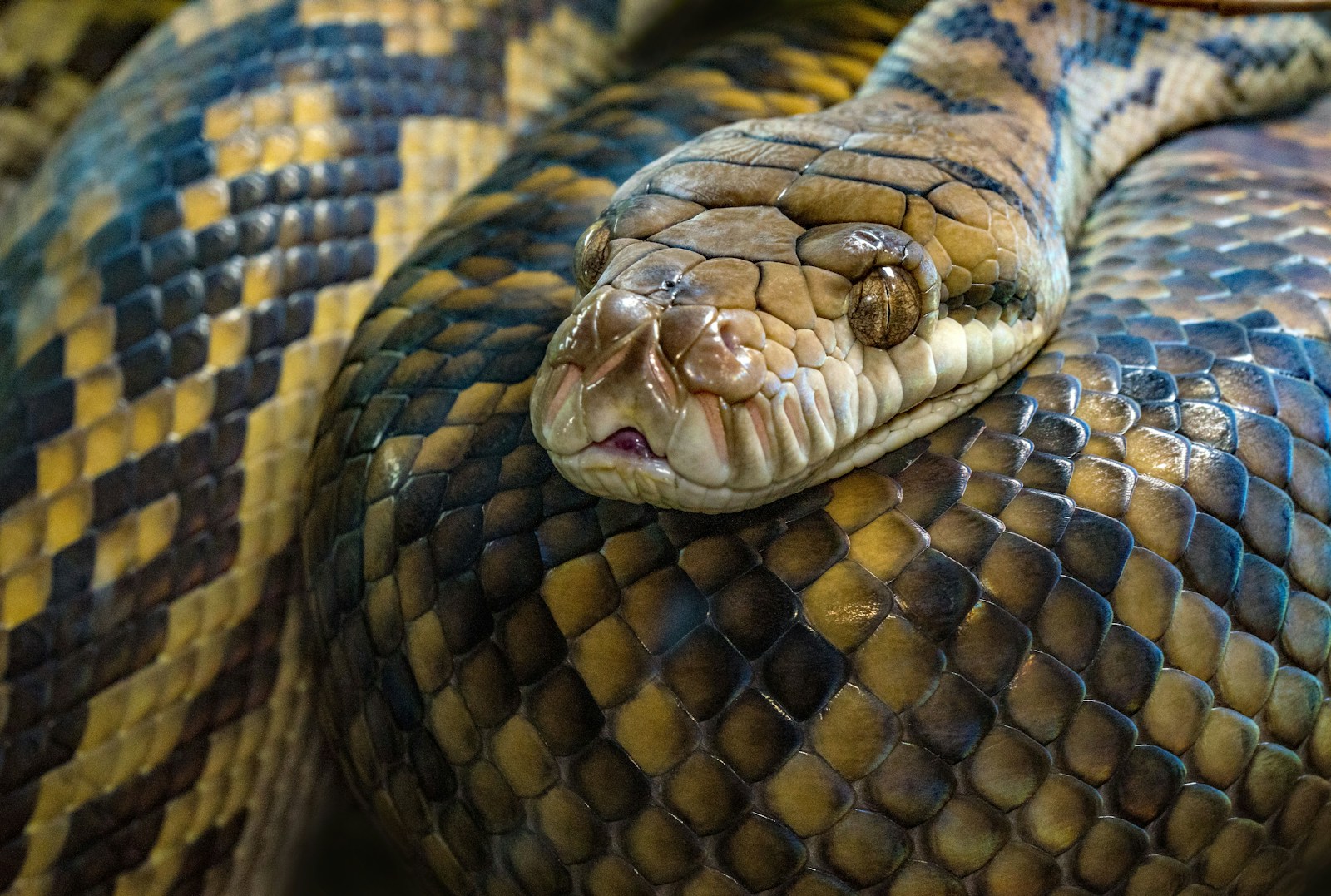In the fascinating world of reptiles, snakes have developed some surprisingly theatrical and sometimes comical defense mechanisms to ward off predators. While we often think of snakes as fearsome predators themselves, they’re frequently prey for larger animals and have evolved remarkable – and occasionally amusing – strategies to stay alive. From playing dead with Oscar-worthy commitment to deploying biological weapons that would make any prankster proud, snakes have mastered the art of survival through methods that might leave us both impressed and chuckling. Let’s slither into the curious world of snake defense tactics that showcase nature’s sense of humor.
The Dramatic Death Scene: Playing Possum with Flair
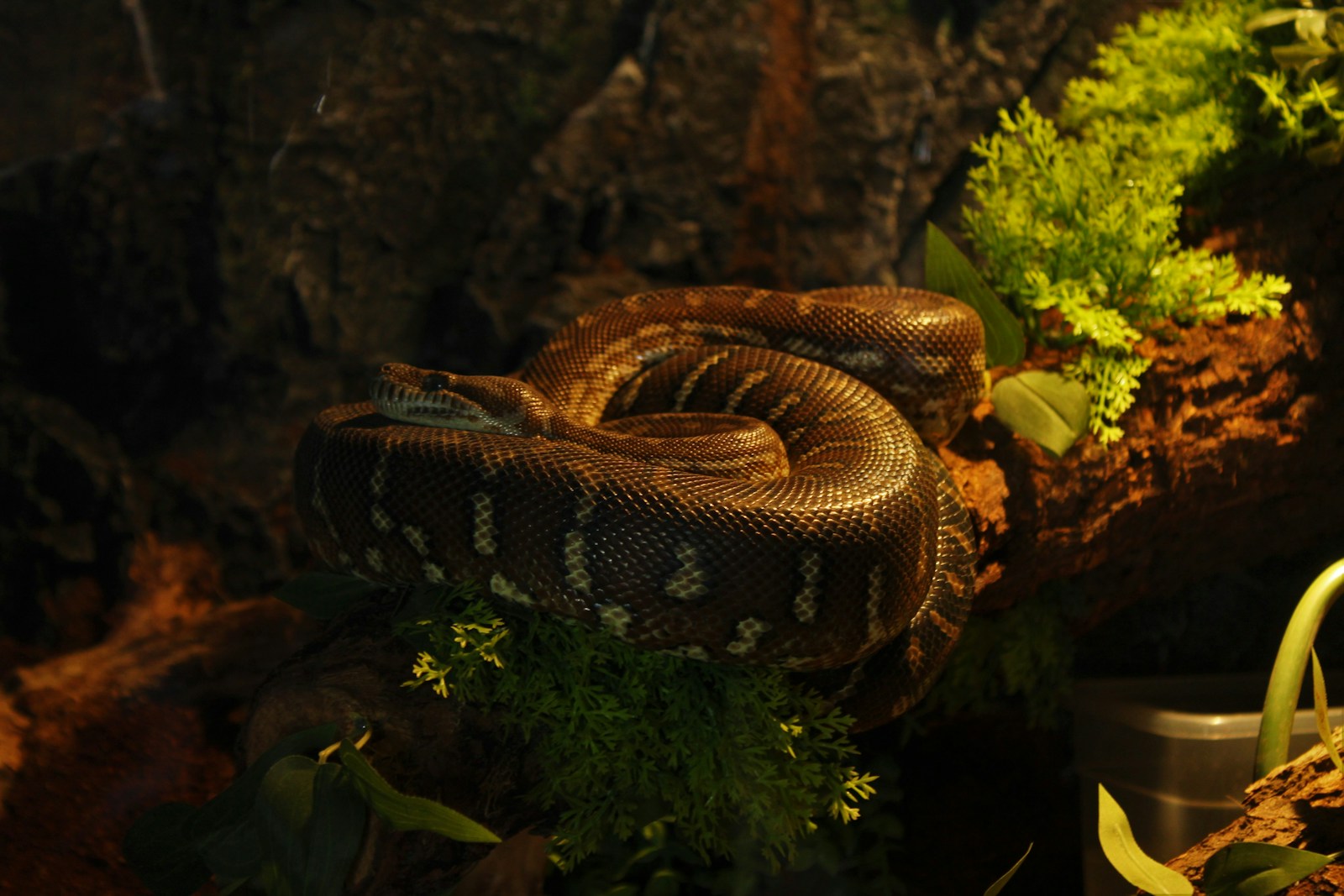
When it comes to theatrical performances in the animal kingdom, few can match the hognose snake’s commitment to its craft. When threatened, these serpentine actors flip onto their backs, writhe dramatically, and then lie completely still with tongues hanging out and mouths agape. Taking method acting to new heights, they’ll even emit a foul-smelling musk from their cloaca and may regurgitate recently consumed meals to complete the illusion of decomposition. The performance is so convincing that predators, who typically prefer fresh meals, will often abandon their hunting efforts. Perhaps most amusing is how dedicated these snakes are to the charade – if flipped right-side up during their performance, they’ll immediately roll back onto their backs to continue the death scene, unwilling to break character.
The Rear-End Bluff: Head or Tail Confusion
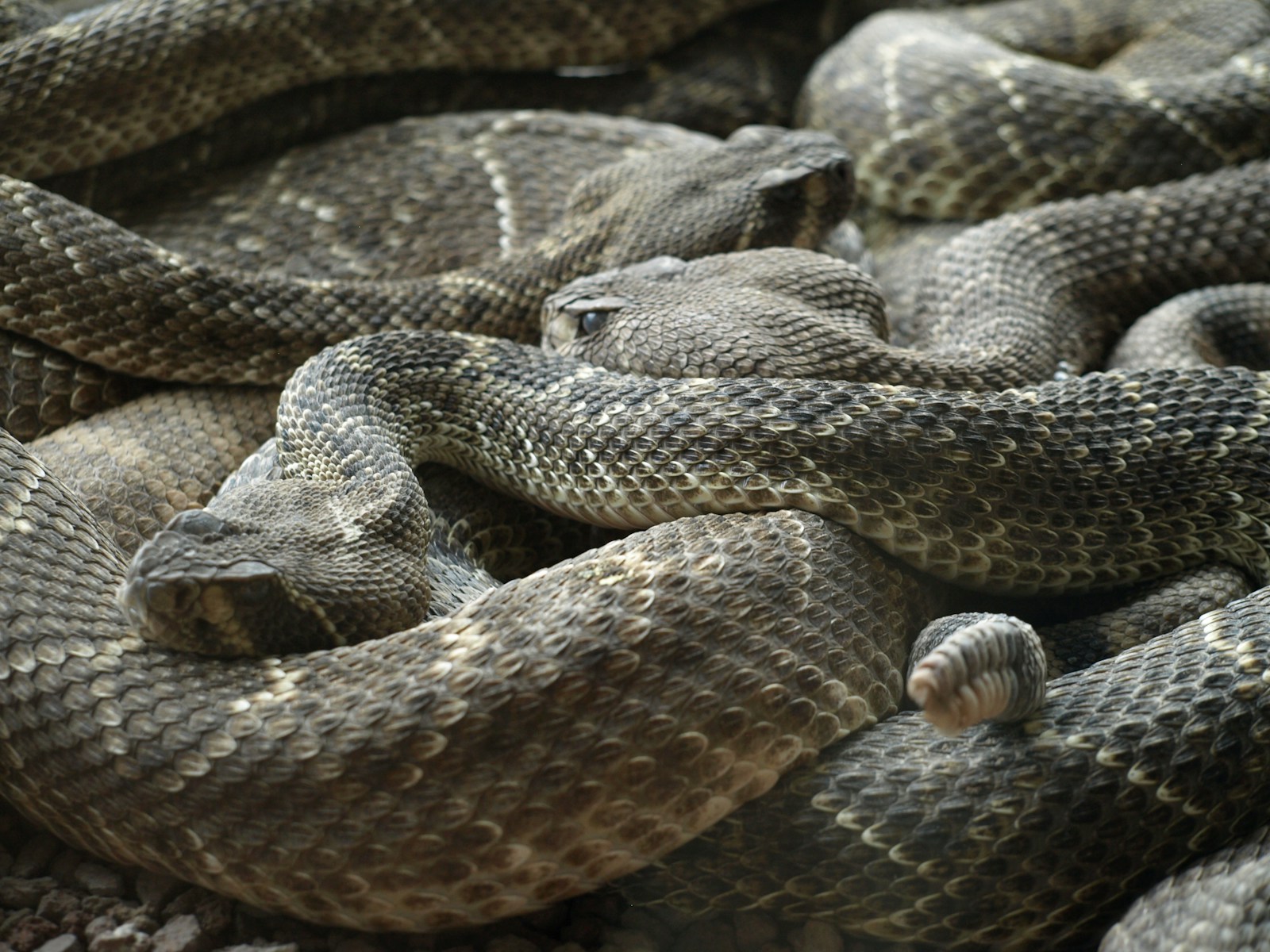
Several snake species have mastered the art of the rear-end bluff, a tactic that might remind us of cartoon characters creating diversions. Rubber boas and some sand boas possess tails that remarkably resemble their heads, complete with dark markings that mimic eyes. When threatened, these clever serpents hide their actual heads under their coiled bodies while waving their tails provocatively in the air. The comedic aspect comes into play when predators, particularly birds of prey, strike at what they believe is the snake’s head only to grab a far less vulnerable body part. While the snake might sustain minor tail damage, this misdirection gives them the opportunity to escape with all vital organs intact. Some species even enhance this performance by making jerky movements with their tails, mimicking the alert, focused movements of a snake’s head preparing to strike.
The Hissing Balloon: Inflating for Intimidation
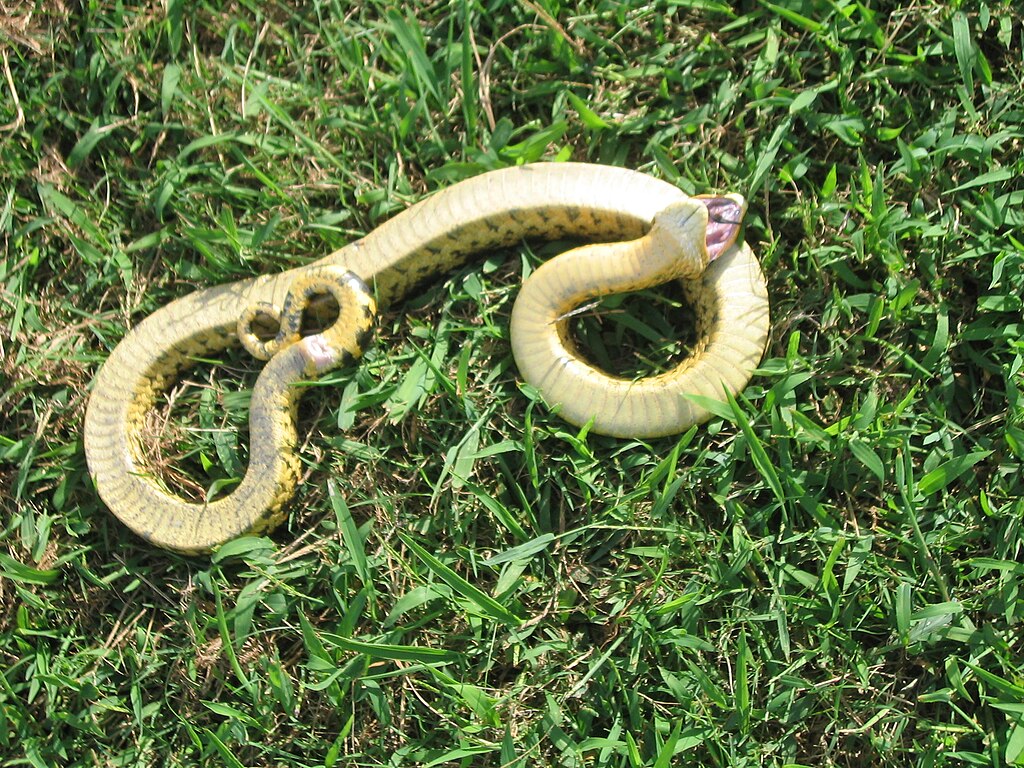
The puff adder and several other snake species have perfected what can only be described as a biological balloon act. When confronted by potential threats, these snakes rapidly inflate their bodies by drawing in air, sometimes doubling their apparent size in seconds. The Indian cobra takes this performance even further by expanding its iconic hood, creating an intimidating silhouette that warns predators of potential danger. The comical aspect lies in the contrast between their normal, sleek appearance and their suddenly rotund, puffed-up forms that make them look cartoonishly inflated. This dramatic transformation is often accompanied by loud, theatrical hissing as air is forcefully expelled through their narrow glottis, creating a sound effect that enhances their threatening display. After the danger passes, watching these intimidating creatures deflate back to their normal dimensions provides a humorous conclusion to their defensive performance.
The Stinky Sprayer: Biological Warfare

Garter snakes and many other species have developed what might be the reptilian equivalent of a stink bomb – a defense mechanism that would make any schoolyard prankster proud. When handled or threatened, these snakes can release a foul-smelling musk from specialized glands near their cloaca, effectively dousing predators with a repulsive cocktail of chemicals. The comedy unfolds when unsuspecting humans, often excited to handle what they consider a harmless garden snake, suddenly find themselves wearing an invisible but unmistakable cologne that can linger for days. The musk is specifically evolved to be disgusting to mammalian predators, containing compounds that trigger immediate aversion responses. Some snake enthusiasts describe the smell as a uniquely horrible combination of rotten eggs, skunk spray, and garbage left too long in the sun – a truly inspired concoction that ensures most predators (and humans) will think twice before grabbing the same snake again.
The Rattling Bluff: Noise Without the Hardware

While rattlesnakes famously warn predators with their specialized tail segments, many non-venomous snakes have developed a surprisingly effective rattlesnake impersonation act without the actual rattle. Species like the fox snake and bull snake rapidly vibrate their tails against dry leaves or grass, creating a convincing rattling sound that makes potential predators think twice about attacking. The humorous aspect comes from watching these imposters commit so fully to their performance – they’ll often flatten their heads to resemble the triangular shape of venomous species, hiss loudly, and strike repeatedly with closed mouths. This elaborate charade can be so convincing that even experienced naturalists occasionally mistake these harmless mimics for their dangerous counterparts. The evolutionary brilliance of this tactic lies in its effectiveness despite being essentially a bluff – these snakes have developed a reputation-based defense system where they borrow the fearsome reputation of rattlesnakes without having to produce actual venom.
The Sidewinding Escape: Desert Dance Moves
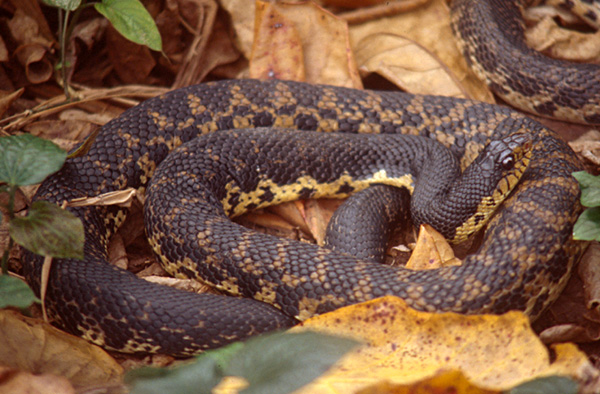
The sidewinder rattlesnake has developed what might be the most peculiar locomotion method in the reptile world, resembling nothing so much as an awkward sideways dance. This unusual movement, where the snake throws its body in J-shaped loops to minimize contact with hot sand, creates a distinctive set of diagonal tracks that seem to defy the physics of how snakes should move. The comical aspect becomes apparent when watching these serpents in action – they appear to be moving sideways rather than forward, like a confused dancer who misunderstood the choreography. This strange locomotion serves multiple defensive purposes, allowing sidewinders to move quickly across loose sand while minimizing heat exposure in their harsh desert environments. Perhaps most impressively, this peculiar movement style can reach speeds of up to 18 miles per hour, making the sidewinder one of the fastest snakes on Earth despite its seemingly inefficient locomotion – proof that sometimes the funniest-looking solutions are evolutionarily brilliant.
The Projectile Pooper: Defensive Defecation

When cornered or captured, many snake species resort to what might be the animal kingdom’s equivalent of a panic-induced accident – they defecate explosively. This defensive tactic goes beyond simple stress response, however, as many species have evolved to make this process as offensive as possible to potential predators. The fecal material is often combined with musk from their scent glands, creating a particularly noxious concoction that can be projected surprising distances. The comedic element comes into play when overeager wildlife photographers or amateur snake handlers suddenly find themselves on the receiving end of this biological projectile. Experienced herpetologists have learned to position snakes carefully during examination specifically to avoid what they colorfully term the “danger zone” – the potential trajectory of defensive elimination. Some snake species seem to have remarkable aim with this defense mechanism, consistently targeting the face or hands of whoever is holding them, suggesting this apparently undignified response is actually a sophisticated defensive adaptation.
The Spaghetti Impersonation: Going Limp

Several snake species, particularly small colubrids, have perfected what might be called the “overcooked pasta” defense – they go completely limp when handled, transforming from muscular, active reptiles into what feels like animated shoestrings. This peculiar defense mechanism makes them incredibly difficult for predators to manipulate or consume effectively. The humorous aspect becomes apparent when attempting to handle these snakes – they seem to defy the laws of physics by flowing between fingers like living liquid, making it nearly impossible to maintain a grip without causing harm. Unlike the rigid defensive postures of many animals, this complete surrender of muscular tension is counterintuitively effective as a survival strategy. Some species couple this limpness with closed eyes and reduced respiratory rates, creating a comprehensive impression of debilitation or death while remaining perfectly healthy and ready to escape when the opportunity arises – essentially playing the “I’m too pathetic to eat” card with impressive commitment.
The False Strike: All Bark and No Bite
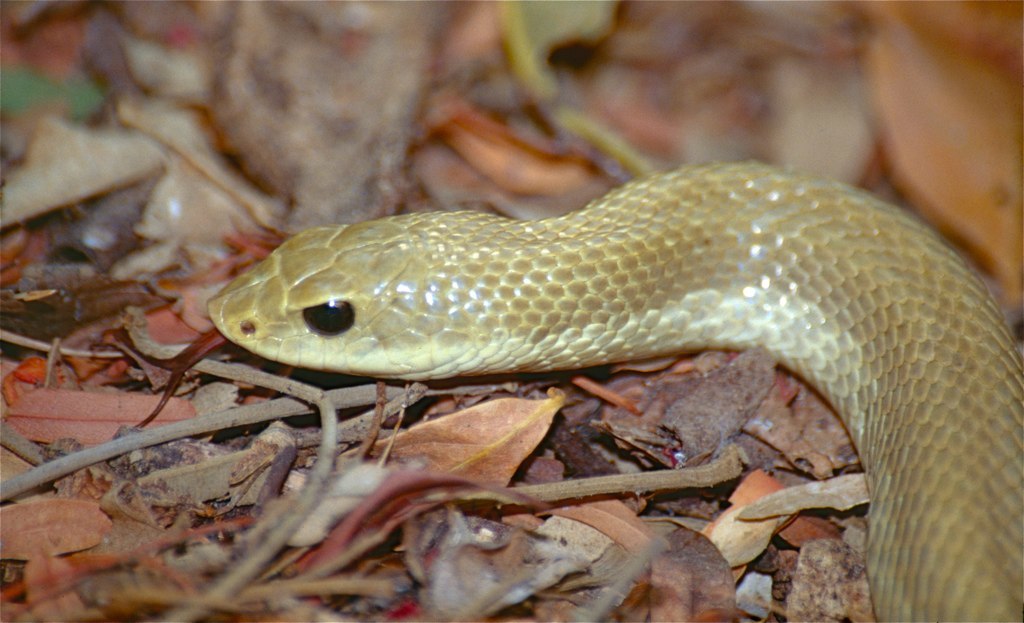
Many non-venomous snakes have developed striking performances that would impress any theatrical director, launching false attacks with closed mouths or striking short of their target. The eastern hognose snake elevates this behavior to an art form, combining loud hissing, neck-flattening, and exaggerated strike displays that make them appear far more dangerous than they actually are. The comedy unfolds when observing the complete lack of follow-through – these impressive displays rarely result in actual contact, resembling nothing so much as a schoolyard bully who backs down when challenged. Some species will repeatedly strike at perceived threats with such commitment that they launch their bodies entirely off the ground, sometimes toppling over in their enthusiasm to appear dangerous. This behavior is particularly amusing when performed by smaller snake species, creating a David-and-Goliath scenario where tiny serpents confidently challenge creatures hundreds of times their size with nothing but attitude and theatrical flair.
The Tail Rattling: Making Do Without the Rattle

Many non-venomous snake species have evolved a convincing auditory mimicry of rattlesnakes without possessing the specialized tail segments that create the iconic warning sound. Rat snakes, king snakes, and milk snakes will rapidly vibrate their tails against fallen leaves, dry grass, or other debris to create a buzzing sound remarkably similar to their venomous counterparts. The humorous element appears when observing these snakes perform their rattlesnake impersonation in environments lacking suitable acoustic material – they continue the tail-vibrating behavior with great enthusiasm despite producing no sound whatsoever. This silent performance, complete with aggressive posturing and exaggerated breathing, resembles a person threatening someone while their phone is on mute. Some species become so committed to this defensive display that they’ll continue vibrating their tails for minutes after the threat has passed, like an actor who doesn’t realize the curtain has already fallen on their performance.
The Knot Tying: Contortionist Defense
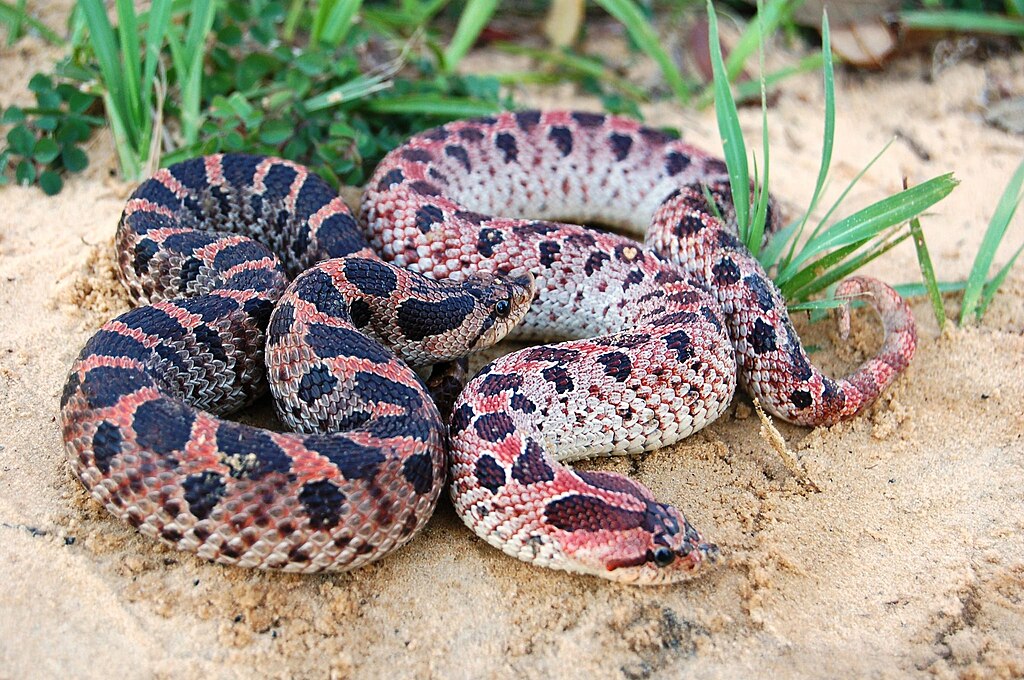
When handling becomes unavoidable, some snake species resort to what can only be described as self-imposed origami, twisting their bodies into complex knots that make them nearly impossible to manipulate. Ball pythons are masters of this technique, rolling into tight balls with their heads safely tucked in the center of their coiled bodies. The comedy emerges when observing the determination with which these snakes maintain these awkward positions, sometimes remaining contorted for hours despite the obvious physical exertion required. Some smaller species can create knots so complex that herpetologists have jokingly compared them to sailors’ rope work, with overlapping coils and twists that seem to defy anatomical possibilities. This defense mechanism proves particularly effective against predators that swallow prey whole, as the knotted configuration presents a geometrical puzzle that few hunters have the patience or ability to solve – essentially the snake saying “you can catch me, but good luck figuring out how to eat me.”
The Surprise Regurgitation: Losing Lunch to Save Life
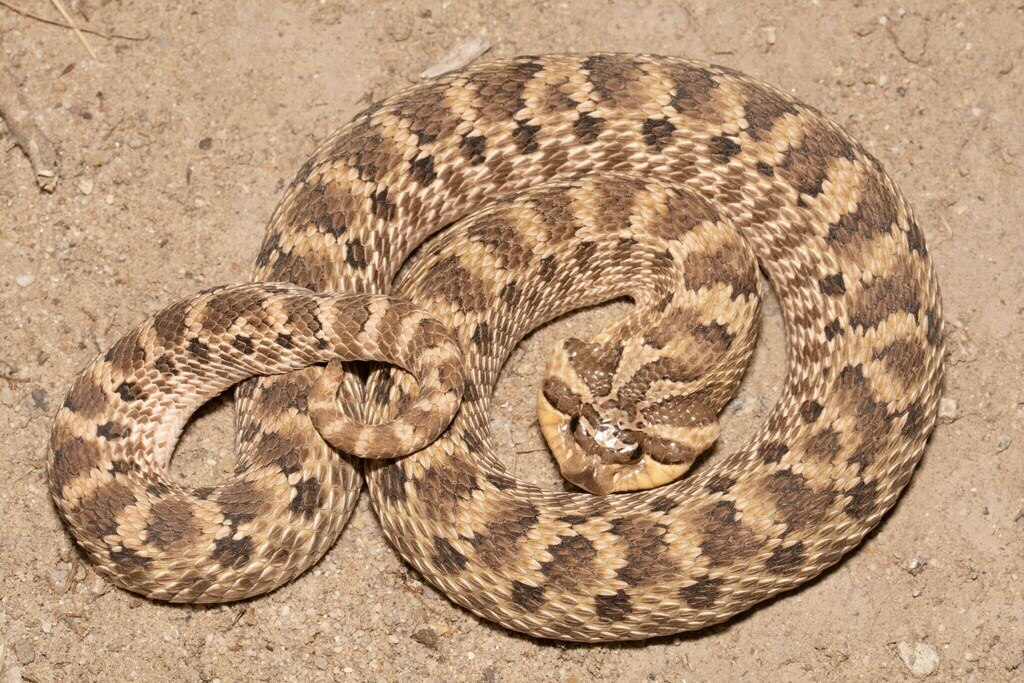
Perhaps the most viscerally comical (if somewhat gross) defense mechanism in a snake’s arsenal is tactical regurgitation – the emergency ejection of recently consumed meals when threatened or stressed. This defense serves multiple purposes: lightening the snake’s body for faster escape, removing the digestive burden that slows metabolism and movement, and sometimes creating a distracting (and disgusting) surprise for predators. The humorous aspect becomes evident when observing the reactions of predators – or unfortunate human handlers – who suddenly find themselves confronted with a partially digested animal appearing seemingly out of nowhere. Some snake species have remarkable control over this process, capable of projecting their stomach contents several feet in a specific direction, typically aimed at whatever is causing their distress. Wildlife photographers have countless stories of carefully approached snakes suddenly decorating expensive camera equipment with partially digested rodents – a reminder that nature’s defense mechanisms rarely consider human sensibilities.
Conclusion

The defensive tactics employed by various snake species showcase nature’s remarkable creativity and the fascinating ways animals adapt to survive. While these behaviors might seem comical to human observers, they represent millions of years of evolutionary refinement and have proven remarkably effective at deterring predators. From the theatrical death performances of hognose snakes to the elaborate bluffs of harmless species mimicking venomous counterparts, these defensive mechanisms demonstrate that sometimes the best survival strategy involves a bit of deception, distraction, or disgust. These tactics not only help us understand the complex behaviors of these often-misunderstood reptiles but also remind us that nature’s solutions to survival challenges can be both ingenious and entertaining. The next time you encounter a snake in the wild, you might just witness one of these remarkable performances – just be prepared to keep your distance, as some of these defensive tactics can be rather messy for those who get too close!

